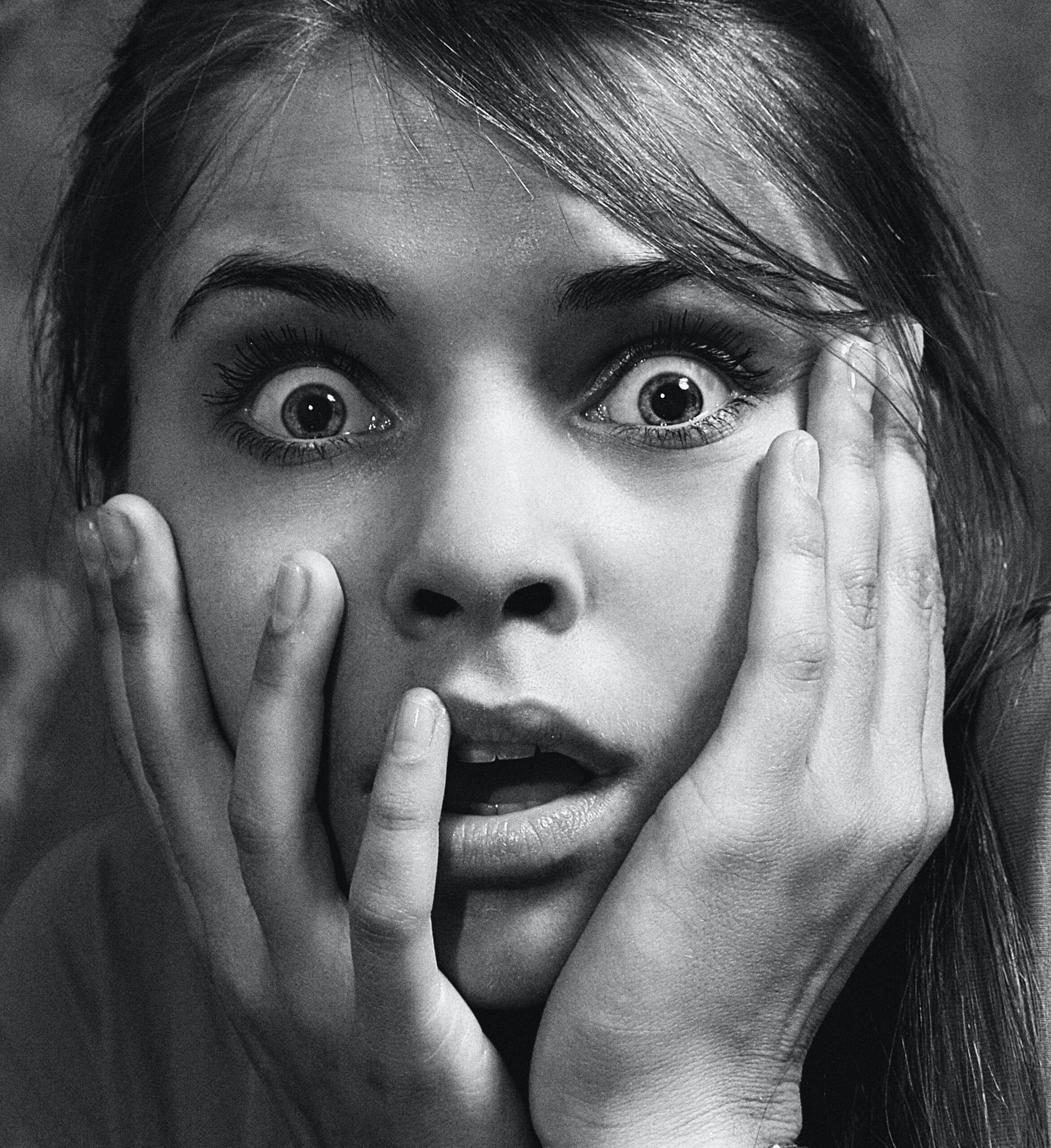Distortion happens when the camera and the subject are too close.
In photography, there are two types of distortions: optical and perspective. Both result in some kind of deformation of images – some lightly and others very noticeably. While optical distortion is caused by the optical design of lenses (and is therefore often called “lens distortion”), perspective distortion is caused by the position of the camera relative to the subject or by the position of the subject within the image frame.
And it is certainly important to distinguish between these types of distortions and identify them, since you will see them all quite a bit in photography.
In photography, distortion is generally referred to an optical aberration that deforms and bends physically straight lines and makes them appear curvy in images, which is why such distortion is also commonly referred to as “curvilinear” (more on this below). Optical distortion occurs as a result of optical design, when special lens elements are used to reduce spherical and other aberrations.
In short, optical distortion is a lens error.
Another distortion type that is often seen in images is perspective distortion. Unlike optical distortion, it has nothing to do with lens optics and thus, it is not a lens error. When projecting three dimensional space into a two dimensional image, if the subject is too close to the camera, it can appear disproportionately large or distorted when compared to the objects in the background. This is a very normal occurrence and something you can easily see with your own eyes. If you take a smaller object like your mobile phone, then bring it very close to your eyes, it will appear large relative to say your big screen TV in the background (and the farther your phone is from your TV, the smaller the TV will appear relative to your phone). The same thing can happen when photographing any subject, including people.
For example, if you photograph a person with an ultra wide angle lens up close, their nose, eyes and lips can appear unrealistically large, while their ears can look extremely small or even completely disappear from the image.

How can you fix it?
The Easiest way to avoid having your subject distorted is stepping back and zoooming in with the lens, that way the persperctive will be fixed and you will extract the best image possible with your camera.




